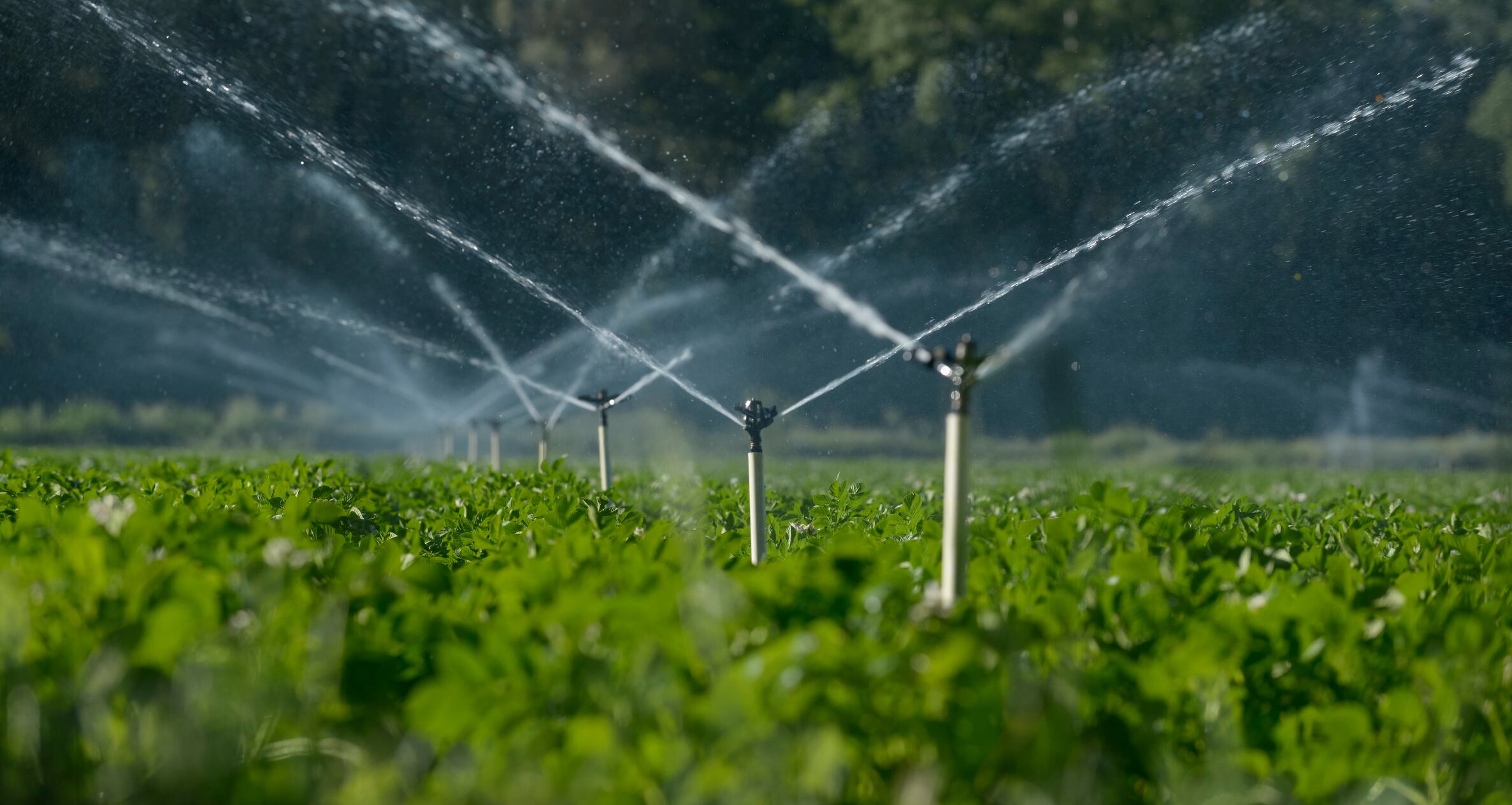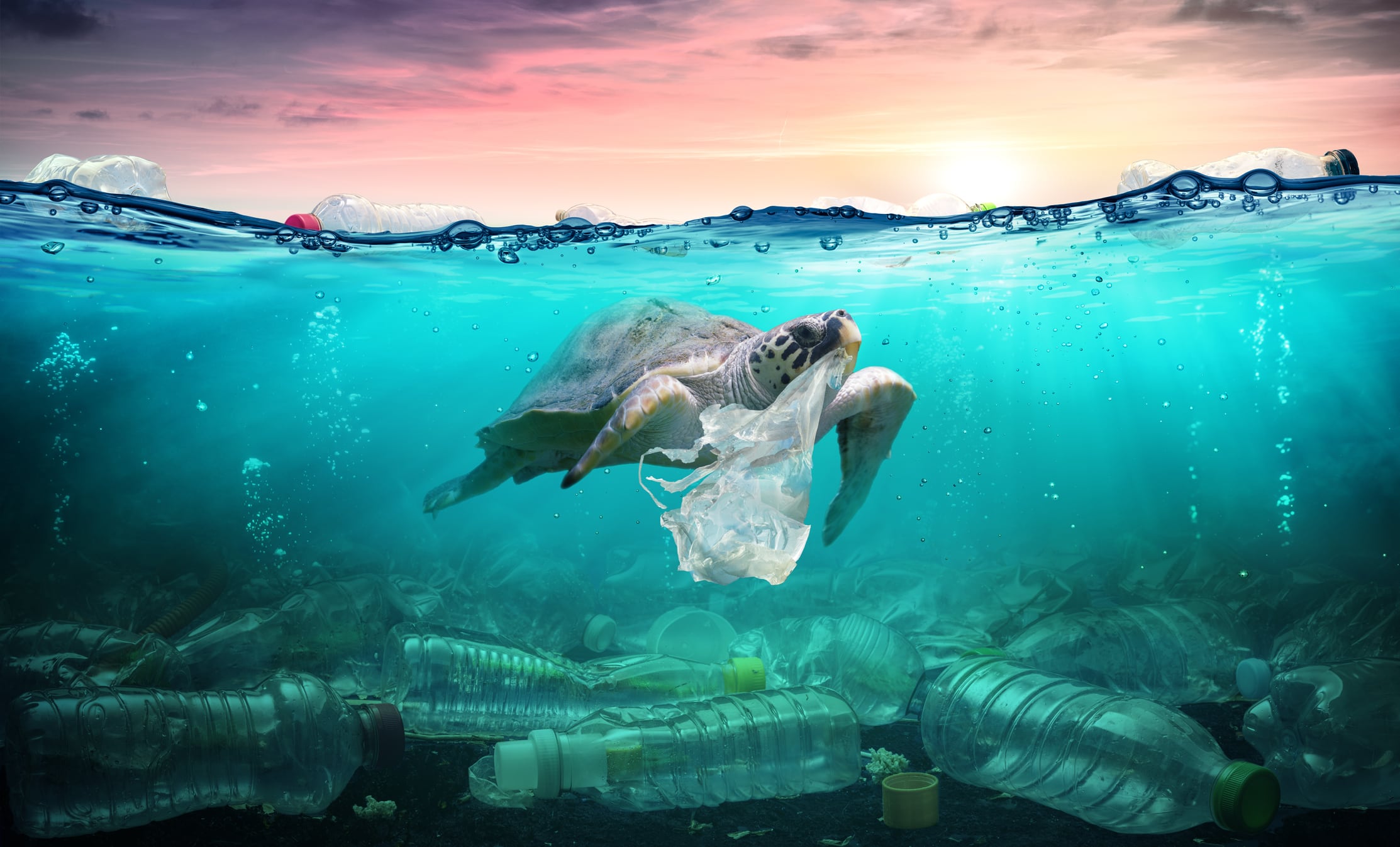Major food companies must adopt far stronger practices to reduce their demands and impacts on limited water resources, according to a report released by sustainability non-profit organisation Ceres.
The intensifying effects of climate change are placing an unprecedented strain on water resources and agricultural productivity, hampering the growth prospects of the €4.5 trillion global food sector. The latest edition of Feeding Ourselves Thirsty, a benchmarking report and investor tool, sounds the alarm for food companies to scale action to conserve freshwater in order to mitigate risks and ensure long-term profitability in our rapidly warming world.
The report ranked the 40 largest global food companies based on their management of water risks in their operations and agricultural supply chains. This was the third edition of the report since 2015, allowing companies to view their progress over time and analyse how they measure up against competitors. The report also empowers investors with the guidance and relevant data needed to evaluate the water risk management of these companies.
Food and beverage giants were applauded for the progress made since 2015. The report revealed improved scores in water management practices from industry giants such as Nestle, Unilever and General Mills – which gained top scores in the report for their approach to water management.
But the report found what it called insufficient corporate action overall in an increasingly water-stressed world. The analysis also found that, despite 77% of companies in the report specifically mentioning water as a risk factor in their financial filings, effective management of water risk still lagged, with an average overall company score of 38 out of 100. The sector saw limited progress on critical issues, such as conducting rigorous risk assessments within the agricultural supply chain and implementing sustainable sourcing commitments. Meat companies, which are acutely vulnerable to water risks, also continued to do the least to manage them, according to the report.
Food production is a thirsty business
“Growing and processing the food we eat is a thirsty business, consuming more than 70% of the world’s increasingly strained water resources,” said Brooke Barton, Vice President of Innovation and Evaluation at Ceres and co-author of Feeding Ourselves Thirsty. “Yet as our report reveals, the C-suite still views water as a cheap and limitless input, ignoring its central role to the profitability of their business. Despite the broader perception, we’re encouraged by the growing acknowledgement of water risks and believe any action taken to advance internal water risk management is a step in the right direction. Still, a long path lies ahead for many of the industry’s largest water users and polluters.”
Companies were divided into four industry categories (agricultural products, beverage, meat and packaged food), and then analysed against actions in four categories of water risk management. The top scoring companies, out of a possible score of 100, by industry were: Unilever (Packaged Food) (NYSE: UN) 14 points up from 2017; Coca-Cola (Beverage) (NYSE: KO) four points up from 2017; Olam (Agricultural Products) (SGX: O32) six points up from 2017 and Smithfield Foods (Meat) five points up from 2017. Mars, Inc. (Packaged Food) was the most improved company, increasing its score by 27 points since 2017.
The report highlighted some significant improvements in key areas including board oversight of water risks and strategies, establishment of water use or efficiency targets for operations, as well as assessment of water risks beyond just their facilities to the agricultural supply chains.
Most food companies are ‘unprepared for a water stretched world’
Brook pointed out that the food industry is both ‘at risk due to water scarcity and also contributing to it.’ What’s more, water scarcity was quickly becoming a financial imperative for companies. As indicated by their scores, some of the most improved companies were recognising that smart water management is a business imperative, said the analysis.
“Agriculture is rapidly draining aquifers in many regions, and farming is one of the biggest polluters of water sheds globally,” she said. “What many people don’t realise however is that water security is much more than an environmental concern. It’s a financial imperative and increasingly for the food sector and its investors.”

The practical steps food and beverage industry can take
Brook said she wanted food companies to make their food chains more resilient by sourcing ingredients from farmers that use water smart agriculture practices. But nearly 40% of the companies analysed still lack goals and strategies to do so, she said.
Companies can also safeguard their supply chains against costly extreme weather events by supporting farmers’ transitions to more sustainable methods of production. Yet half of the companies analysed provided any form of financial support to growers to encourage adoption of practices like efficient irrigation, vertical farming, cover cropping or more efficient fertiliser use.
Companies such as Coke and Unilever gave Ceres reason for optimism in the regard. “Overall since 2015 we have seen some tangible improvements from increased oversight from corporate boards of water risks to the widespread establishment of targets to reduce water usage in factories to growing partnerships at the watershed level between companies and NGOs,” said Brook.
Water restoration projects
Ulrike Sapiro, Senior Director, Water Stewardship and Sustainable Agriculture at Cocoa-Cola, which was top in the beverage category in the report, explained the steps the drinks giant has been taking to prioritise water management.
“Water is obviously at the heart of our business,” she said. “We depend of clean water resources for our beverage production in about 800 bottling facilities worldwide and water is critical to grow our agricultural ingredients. The challenges to water security are increasing for businesses and farmers likewise. The impact of climate change will make some of the water availability stresses that we have already even more volatile. So a huge amount of attention is needed to climate change resilience in the food and beverage sector and its entire supply chains. Our sector understands that fresh water is key to our success and growth and that’s why on one side we have integrated advanced water management requirements into our sustainable agriculture guiding principle. On the side we have also prioritised water management inside our own business sustainability strategy for many years.”
Cocoa-Cola, she explained, works with farmers across the world on partnerships to restore water resources within the environment, so that it puts back as much fresh water as it uses in its beverages. Water replenishment techniques on farms include terracing and cover cropping to decrease water runoff into streams and rivers increase soil health by replenishing important nutrients. “The challenges are mounting before us so we need to go further and faster especially in water stressed regions or where we expect climate change to impact the availability of fresh water resources,” added Sapiro. “But we also are very clear we cannot solve the challenges of water shortages alone. We need to work together with our suppliers, their farm suppliers and with other manufacturing companies.”



